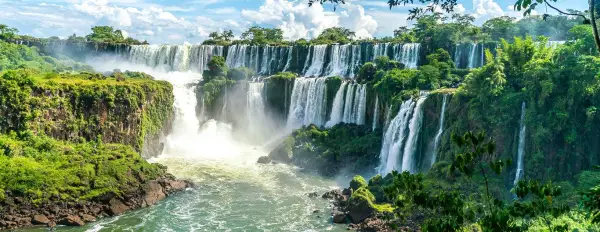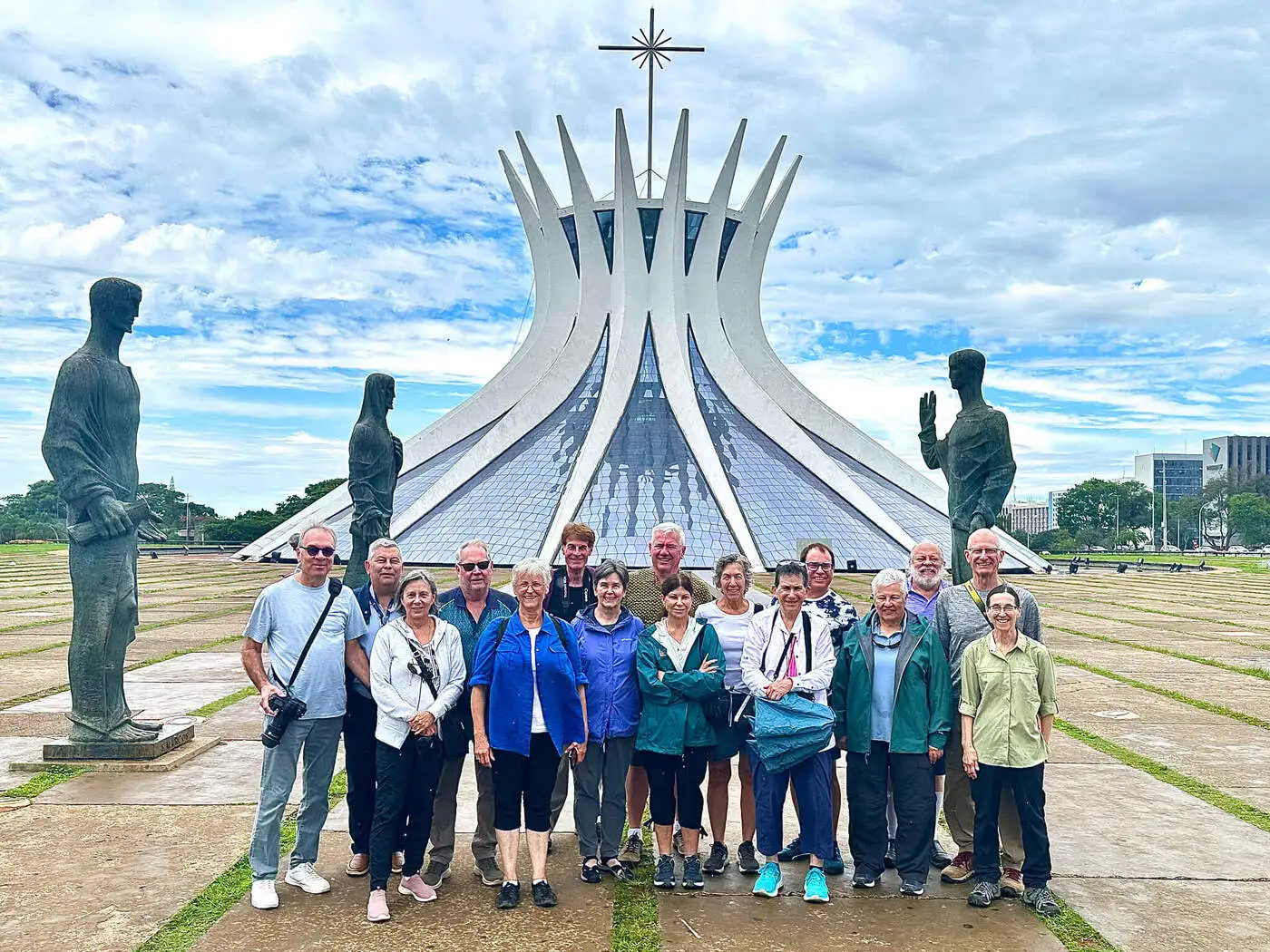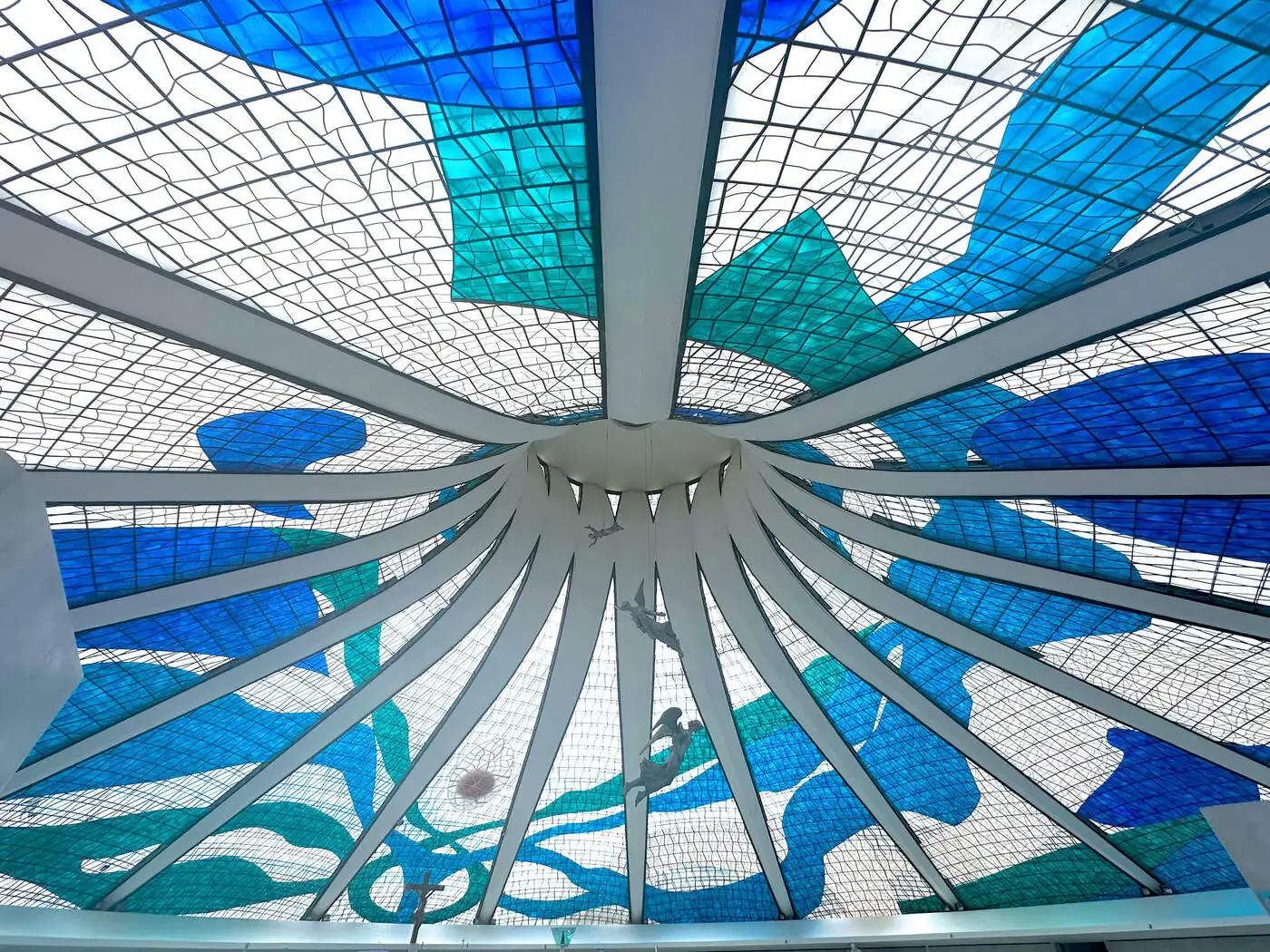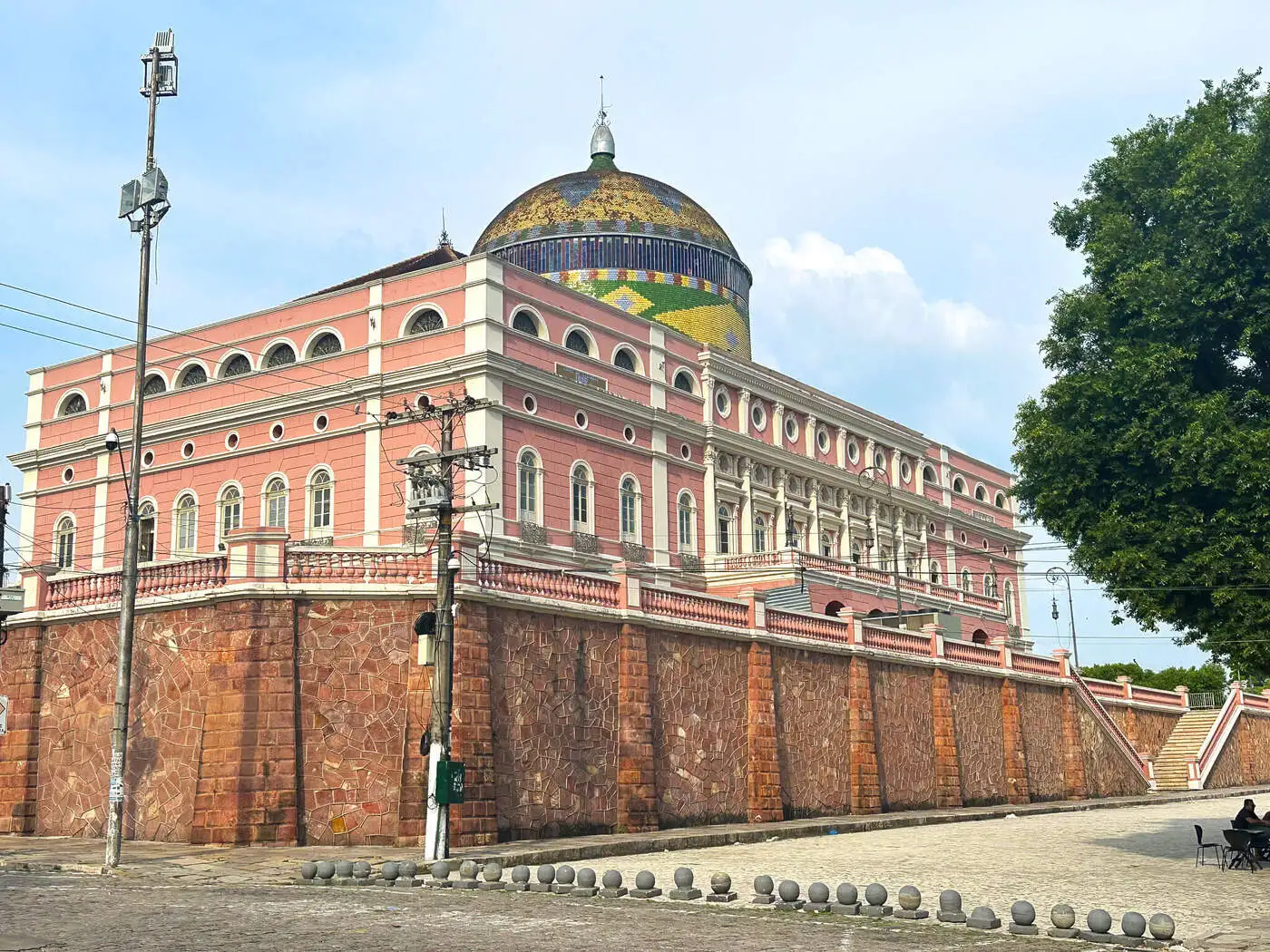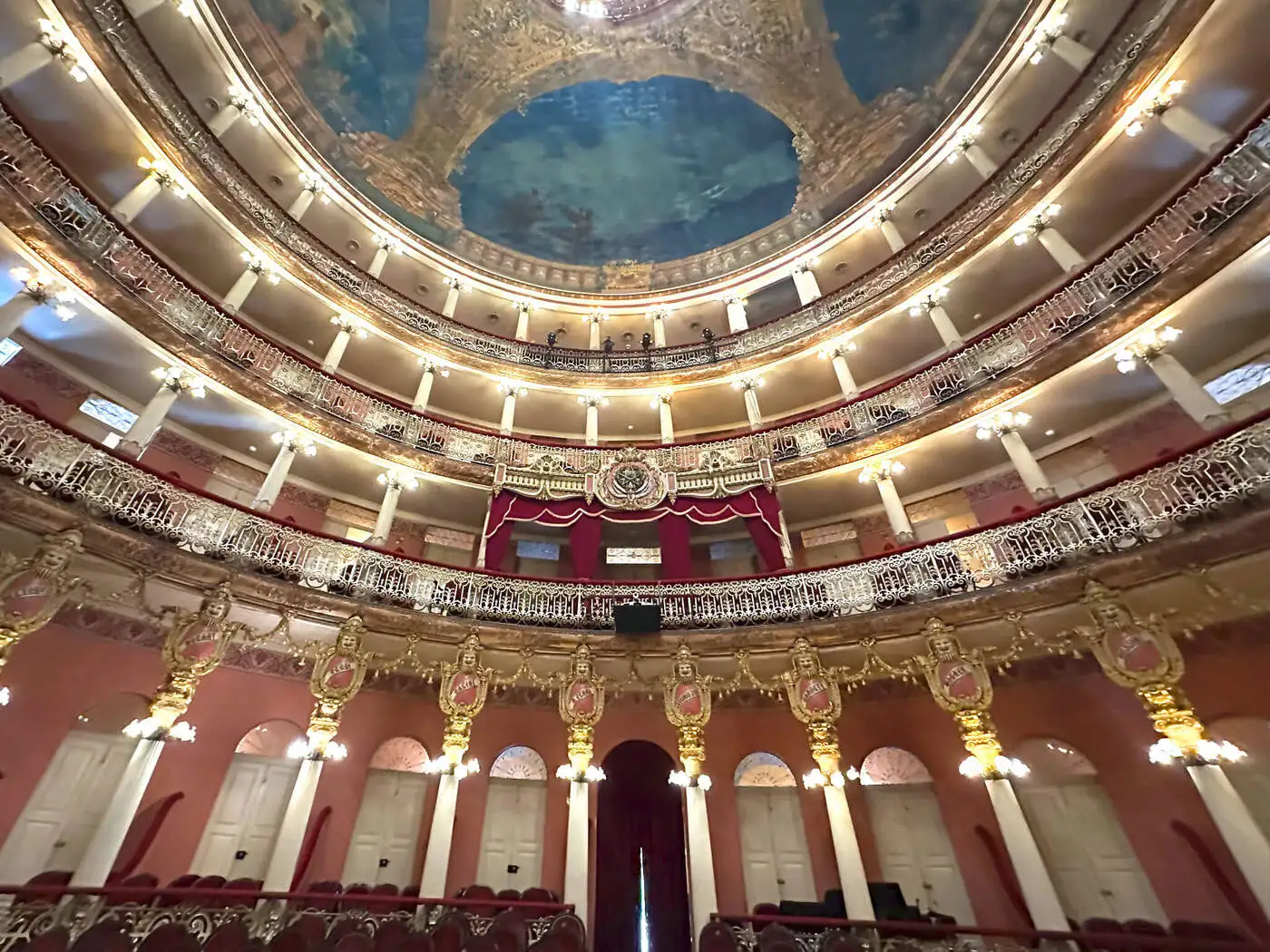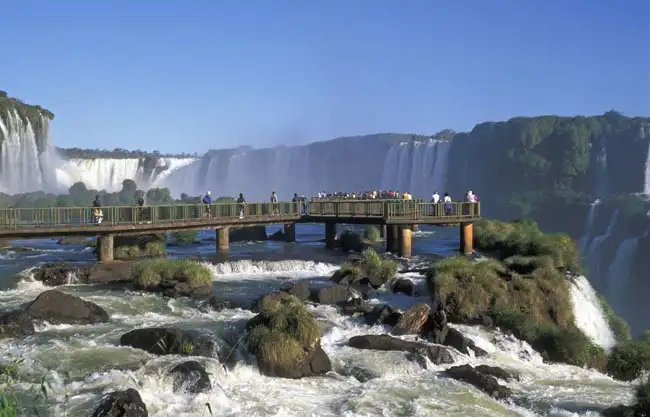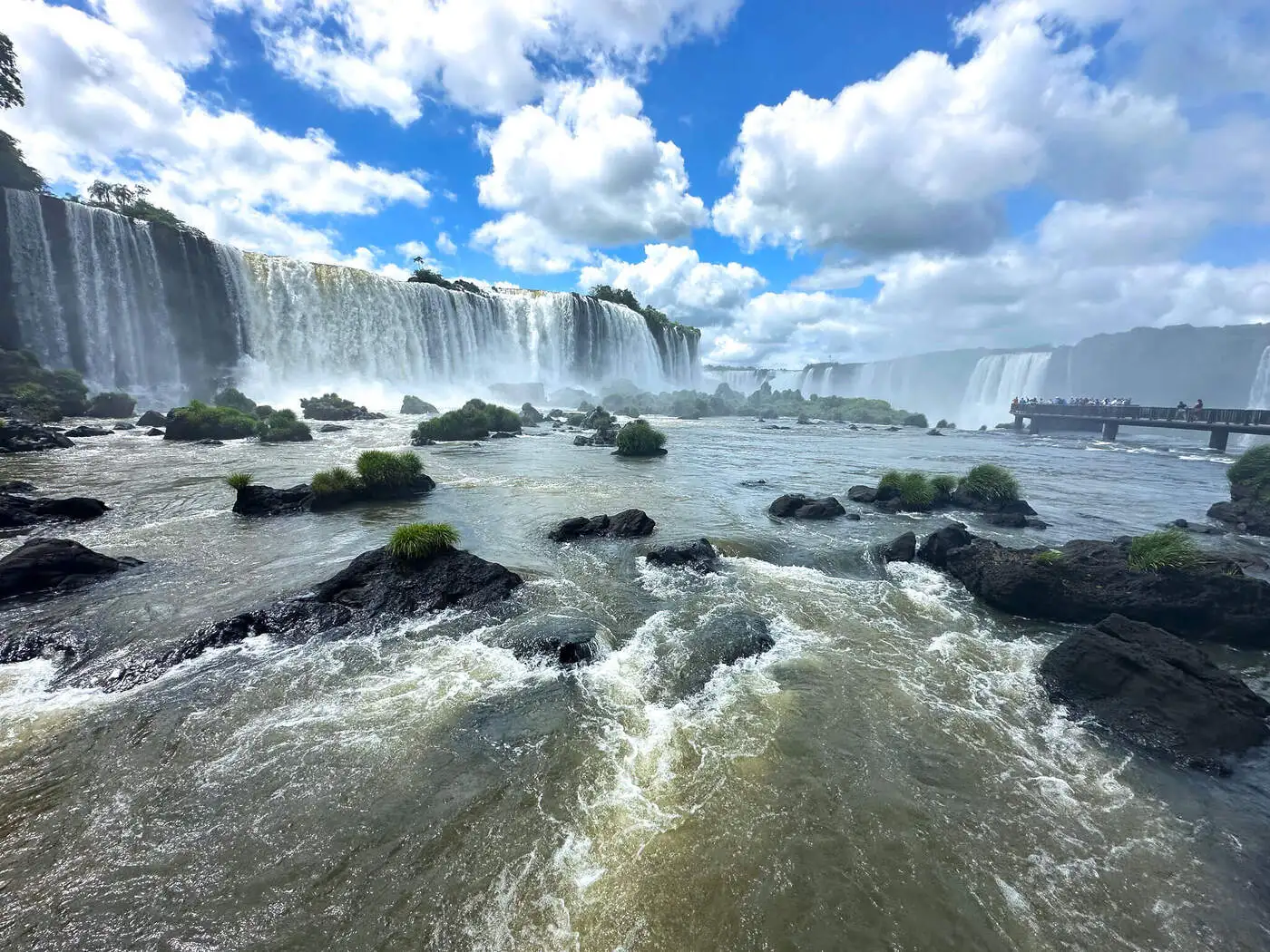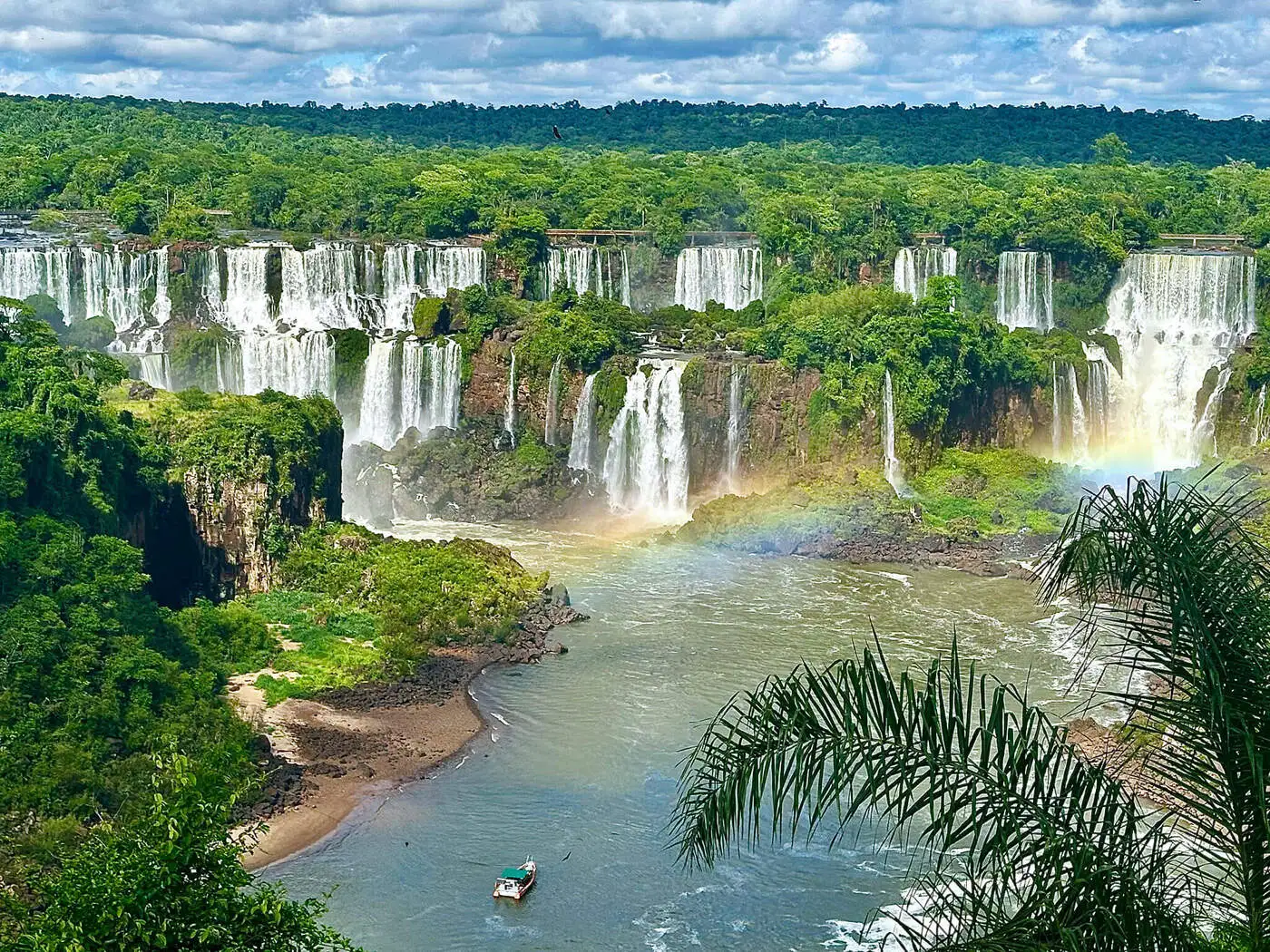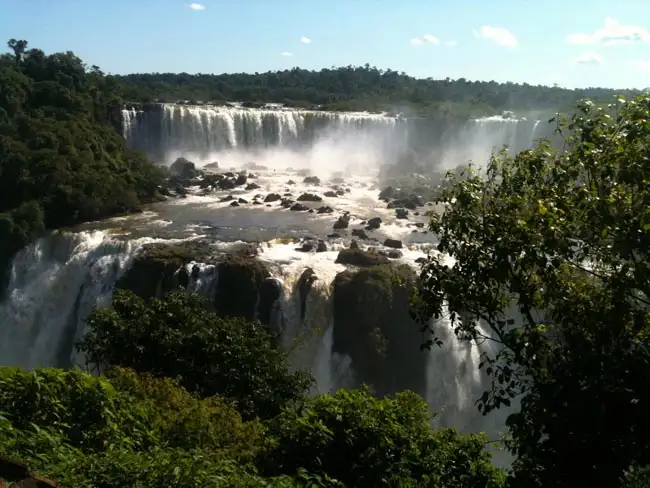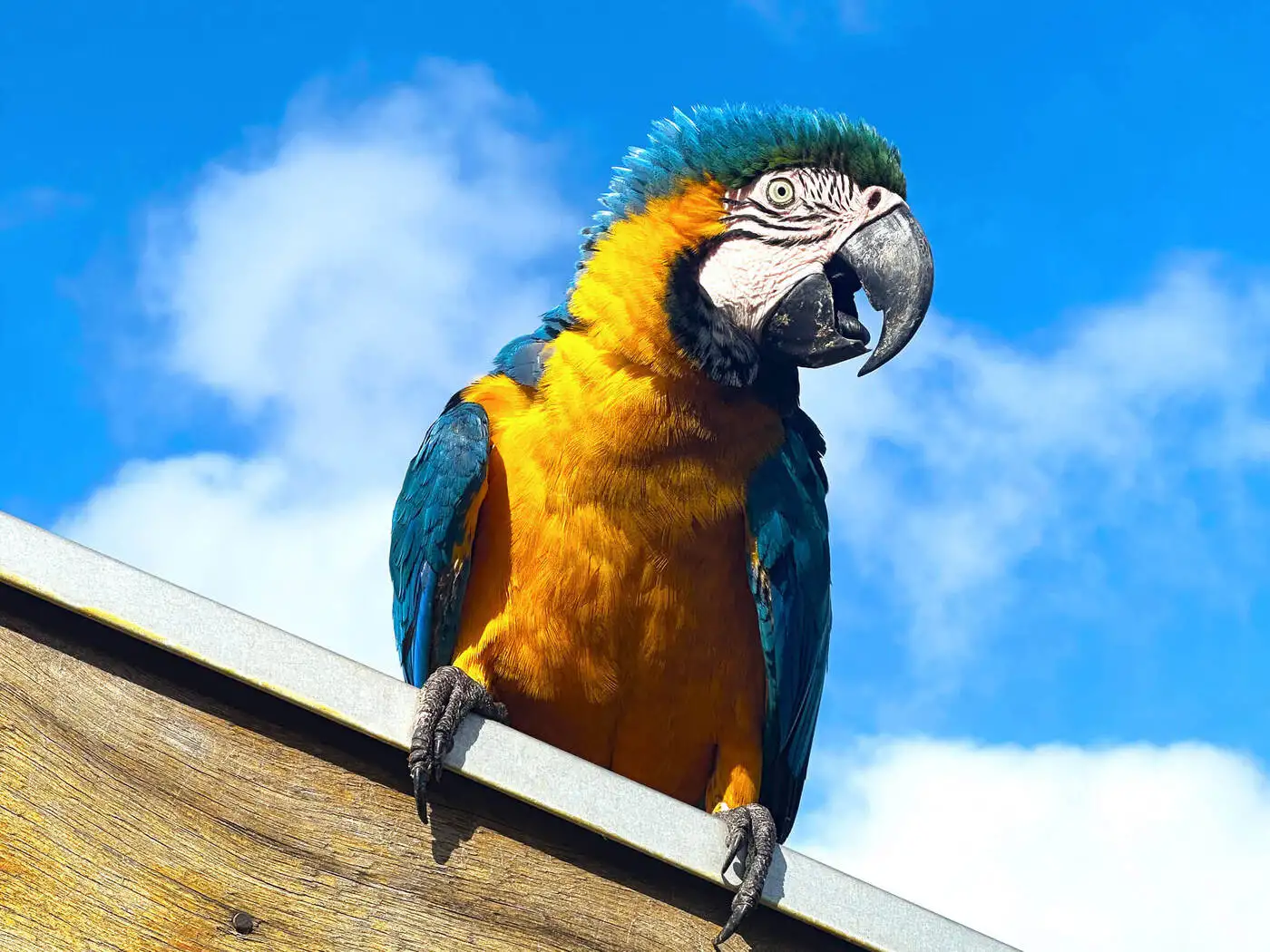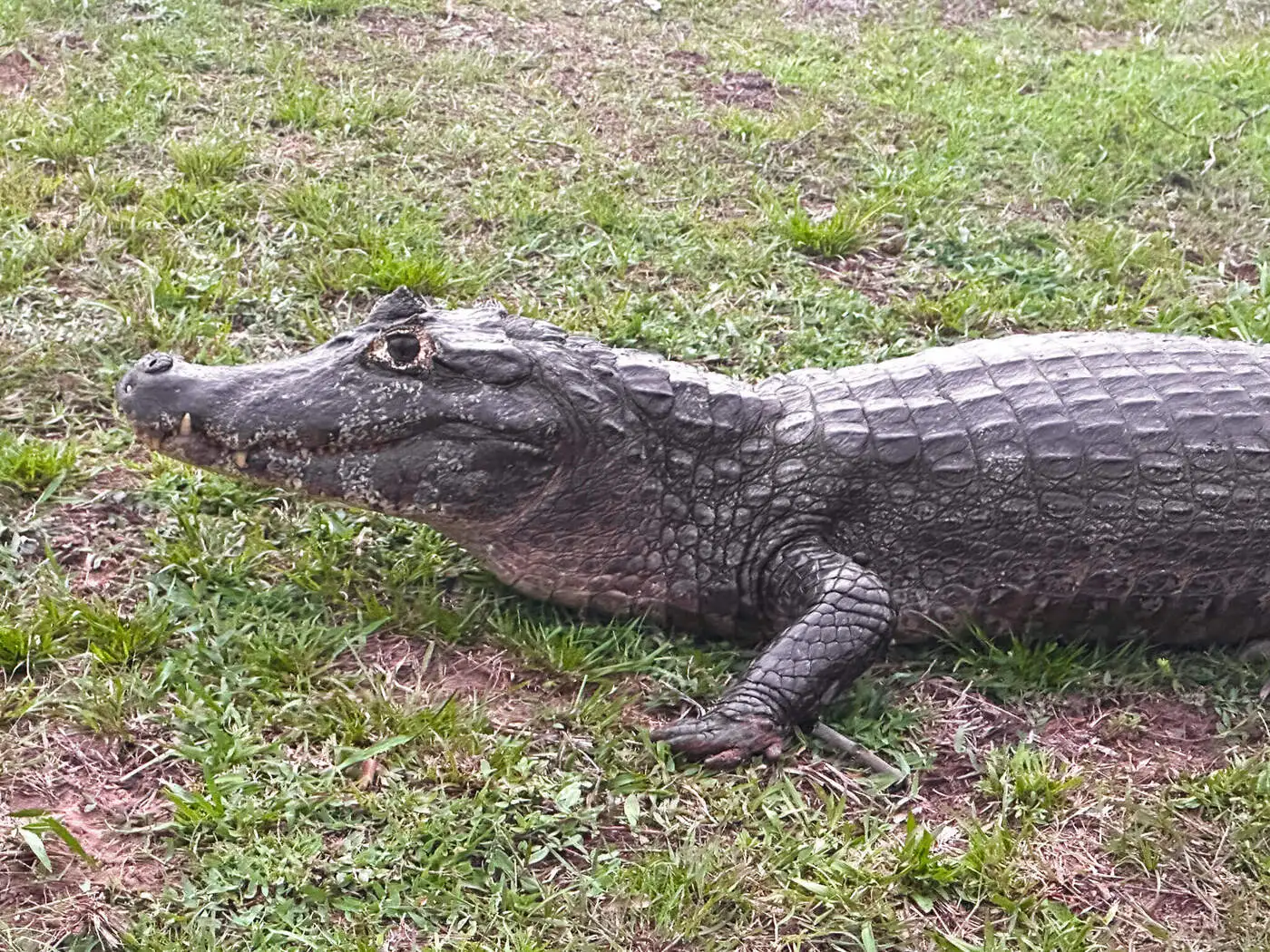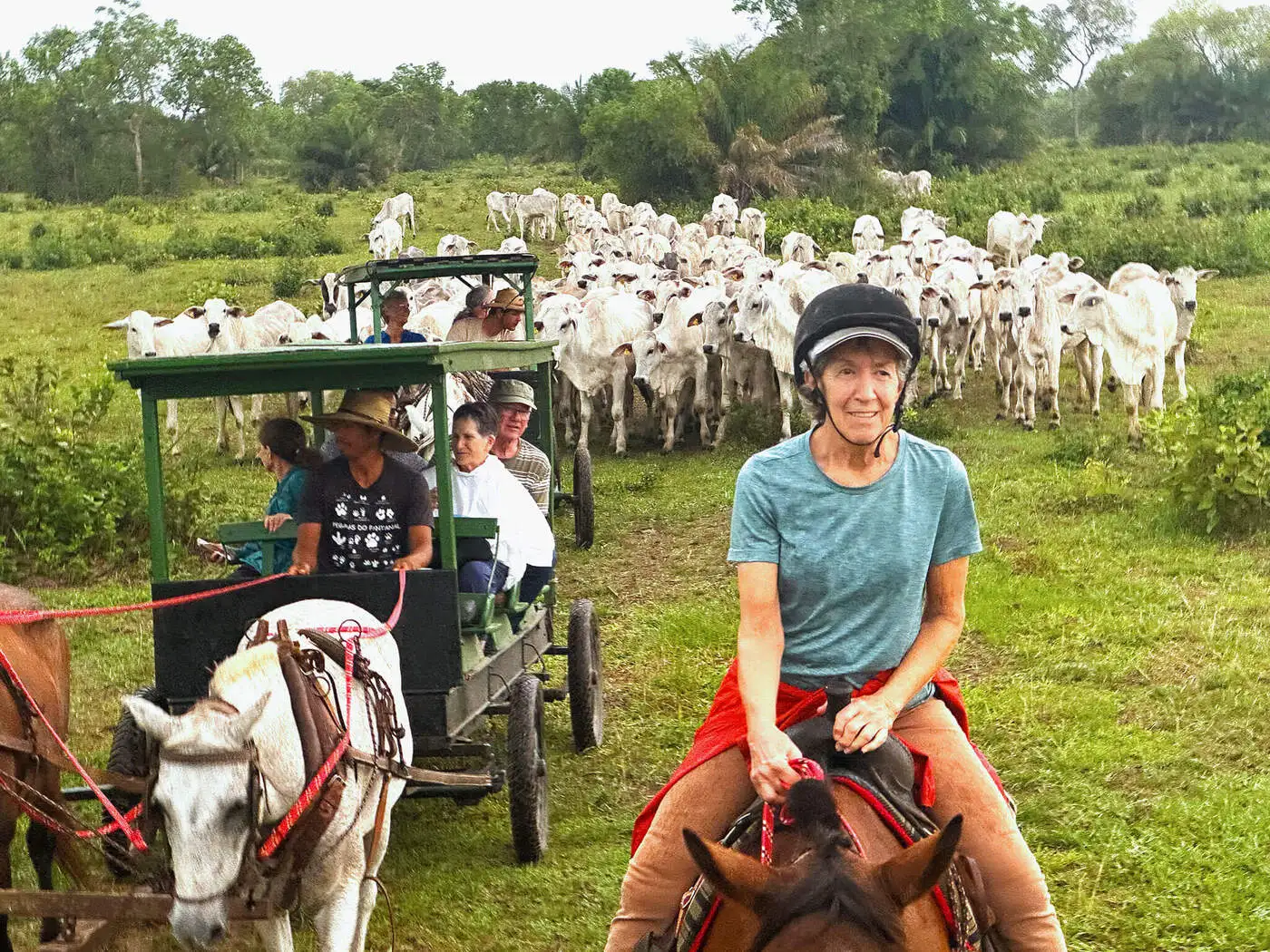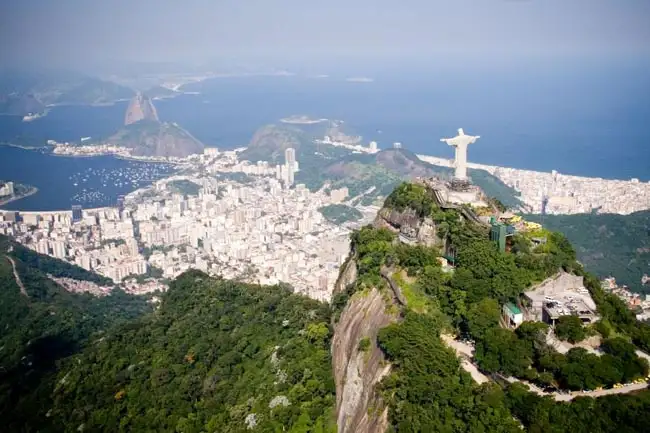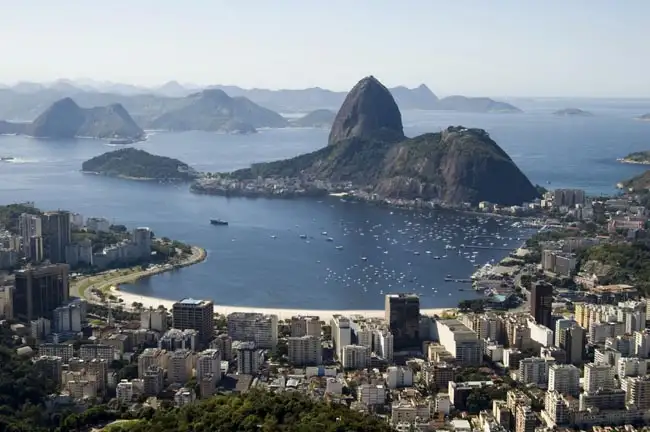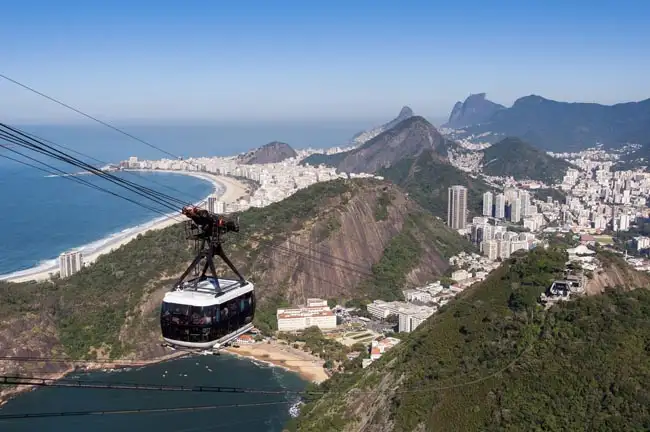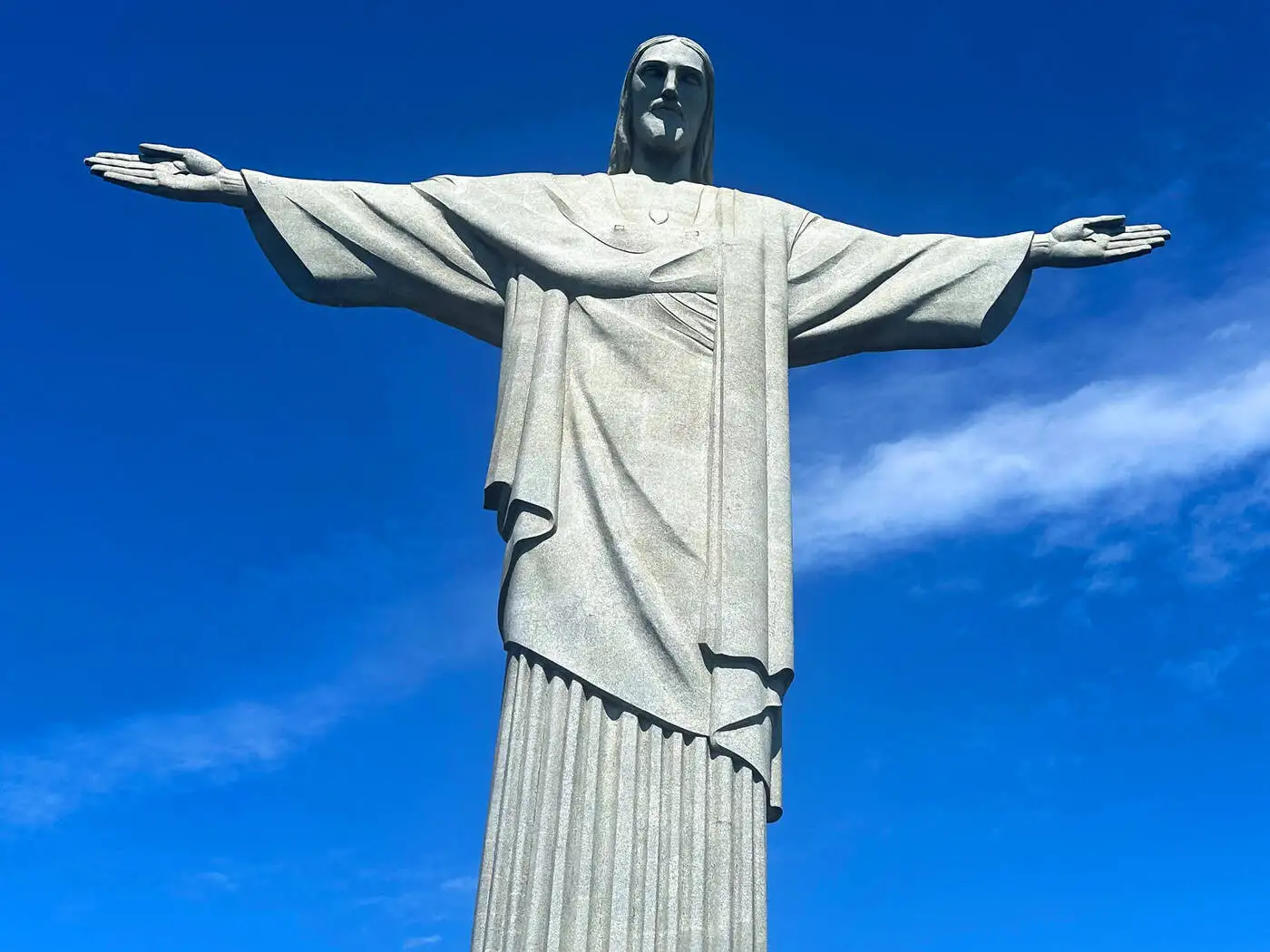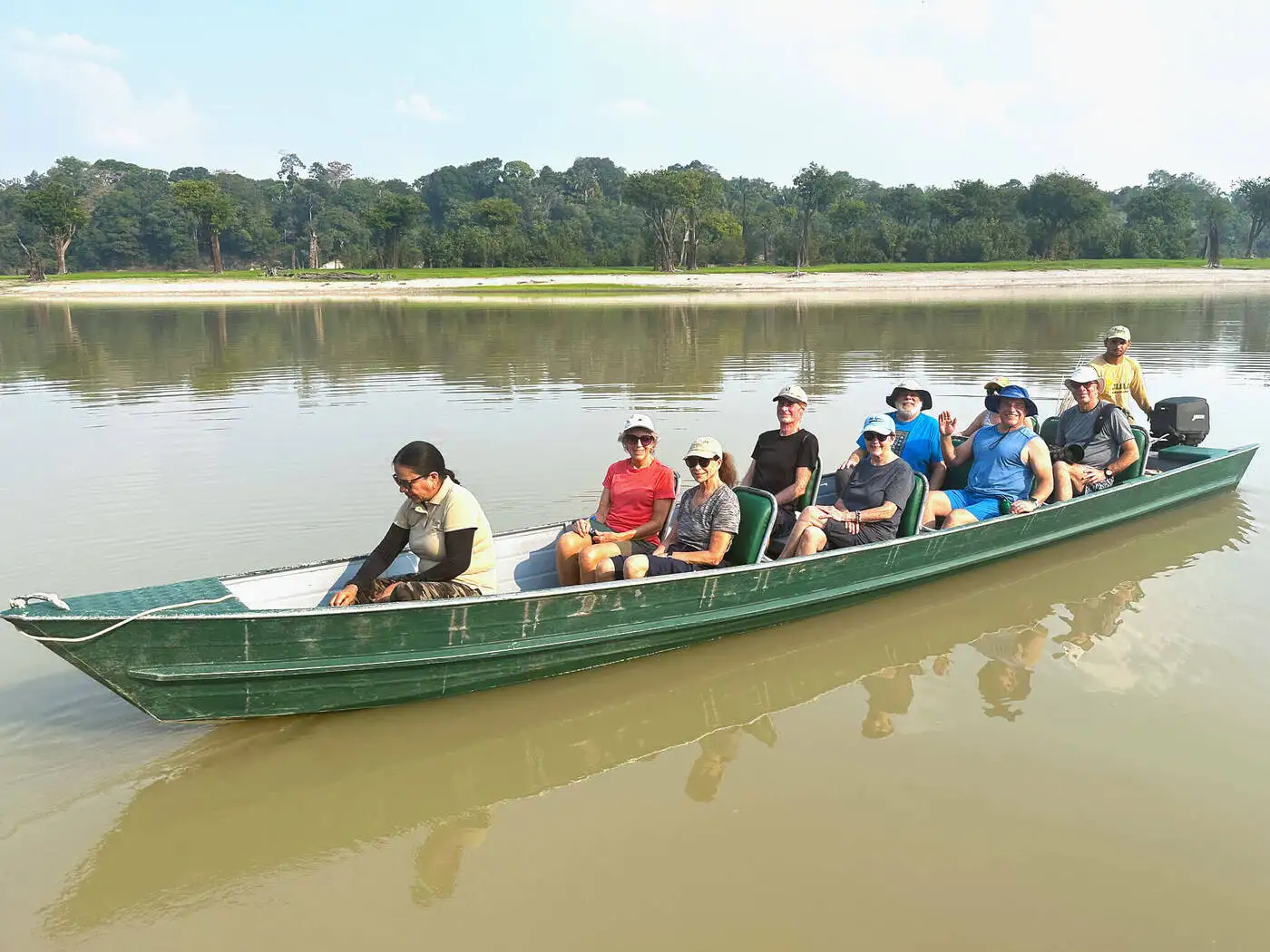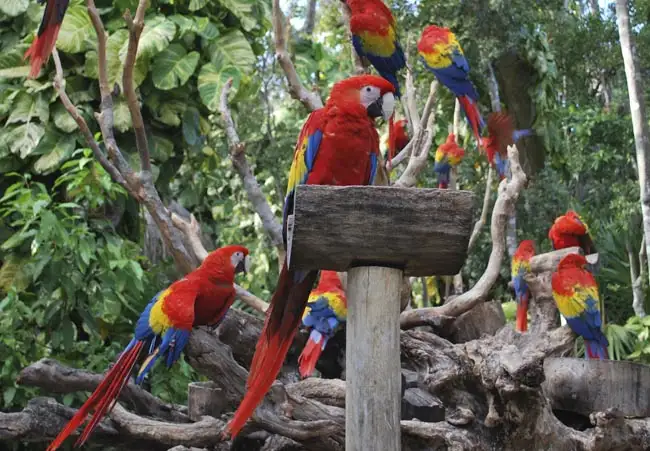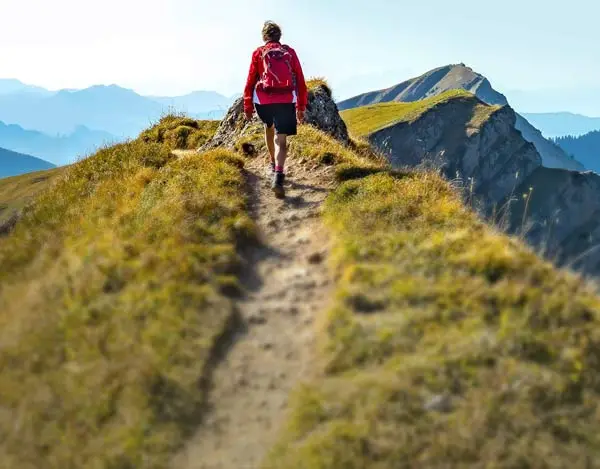Today we complete our Rio experience with two adventures revealing different city aspects.
Our Sugar Loaf journey requires two cable car rides offering increasingly spectacular perspectives. The first carries us to Urca Hill for close-up Guanabara Bay views and distant Christ statue. The second ascent reaches Sugar Loaf's 400-meter summit where Rio spreads in full glory.
From this perch, we understand why Cariocas consider their city geographically blessed. Copacabana Beach glistens with famous wave-pattern sidewalks, Corcovado dominates the western horizon, while Ipanema and Leblon curve toward distant mountains.
Our afternoon explores Santa Teresa, a hilltop neighborhood preserving Rio's bohemian soul. This artists' quarter occupies slopes with colonial houses that survived development pressure. Today these lanes attract painters, musicians, and writers appreciating village-like atmosphere within the metropolis.
We ride the historic Santa Teresa Tram, beloved since 1877, clattering across the Carioca Aqueduct built in the mid-18th century. This engineering marvel later found new purpose as tram viaduct, creating one of Rio's most photographed landmarks.
Free time allows personal exploration—perhaps strolling beachside avenues, browsing markets, or sitting at sidewalk cafés watching eternal Carioca life while sipping coconut water or strong Brazilian coffee.
Overnight in Rio de Janeiro.
Included Meal(s): Breakfast and Dinner